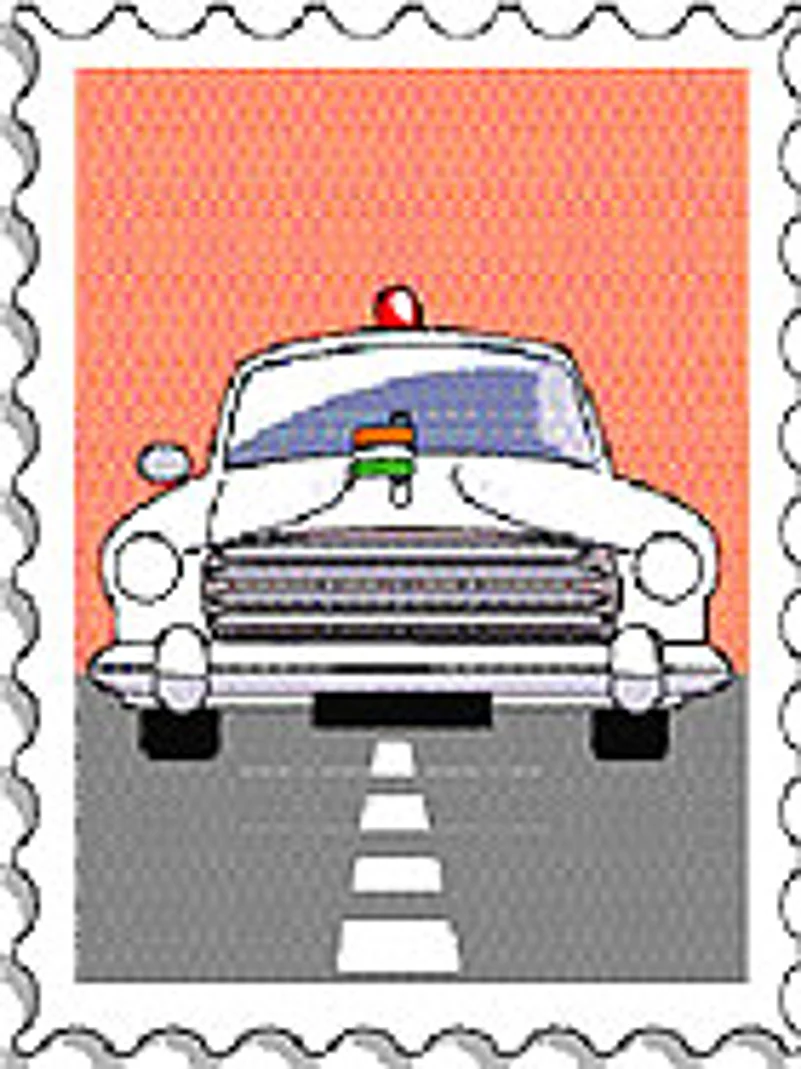
Charter-Busting Number
President Obama has left behind him a bagful of promises. The one supporting India’s candidature for a permanent seat in UN’s Security Council has got everyone excited. But pay attention to his words: “In years ahead, I look forward to a reformed UN Security Council that includes India as a permanent member.” That could be five years or fifty years. So don’t hold your breath! Hillary Clinton, as quoted by a Wikileaks document, was more candid. She dismissed Brazil, India and Japan as ‘self-appointed frontrunners’. The United States does not want an expansion of permanent members but there is no harm in pretending. China is opposed to both India and Japan, countries in its volatile backyard, and it will do the dirty work for the US.
Enlargement of the permanent membership of the Council requires a change in the UN Charter. That change can come about if all five current permanent members agree. When it comes to the crunch, China will exercise its veto. One negative vote is all it takes to block India. No one has convincingly explained to me how we expect to overcome that veto. Our ambassador will not be sitting in the Security Council chamber permanently any time soon, if ever.
Why India is obsessed with the seat is a mystery to me. It is not as prestigious as it would have been in the non-aligned days. Today, a country’s economic clout, not political, matters more. Our growth is doing just fine and if that continues, the West will soon come to us with begging bowls.
Best Seen Through a Wax Blast
The Delhi art scene is moribund in the best of times but this month we have an abundance of riches. Two world-class exhibitions are running simultaneously a stone’s throw from each other. The National Gallery of Modern Art is hosting Britain’s leading sculptor, Anish Kapoor. He was born in Bombay but does not consider himself an Indian, having spent all his formative years in London. I see nothing wrong in that. The event has been made possible through a generous grant from the Brits and it is the largest art exhibition to be presented in India. Kapoor’s sculptures are playful, ever-changing, depending on the angle from which you are viewing them. Some are massive and made of polished steel. Others, made of wax and fibreglass, are more intimate. You can walk into some of the installations and get a different perspective. The show is a mind-blowing, once in a lifetime experience.
The Indira Gandhi National Centre for the Arts has mounted a show of exquisite photographs from the Raj era taken by Raja Deen Dayal (1844-1905). These have been culled from over two thousand glass plate negatives that IGNCA bought from the great photographer’s family some years ago. Do not miss it.
Charity on Paper Plates
Wipro chairman Azim Premji’s Rs 8,846-crore donation towards educating the rural poor should come as a wake-up call for other billionaires. With the exception of the Chinese, the wealthiest in India are the stingiest in the world. According to one report, they give less than two per cent of their income to philanthropy. What little they give goes to hospitals and schools named after their mothers. You can hardly call that charity; it’s more like promotion of the family name. Someone should compile an annual list of a hundred or so of our most generous donors. It might shame others into giving more. Unlike other billionaires, the third richest man in India lives simply. Premji drove a Ford Escort for eight years before trading it for a new Toyota Corolla. He served food on paper plates at his son’s wedding. Like Bill Gates, he intends to donate most of his money to charity. That’s classier than building the world’s most expensive residence. Permit me to indulge in some name-dropping. I knew Yasmin Chinoy in Bombay before she married Azim Premji. Her family lived in a sprawling flat above a garage in Chowpatty. She was the prettiest girl in town, very bright, with an enchanting smile. We were all in love with her.
A Brief History of Margism
All the great Mughal emperors, except Jahangir, have major boulevards named after them. He was given a mere lane. I wonder why. The man was a saint compared to that horrible Aurangzeb, who got a road in the poshest part of the city. In the 1950s, the road signs with names of kings and viceroys were painted over and replaced with those of our own. Curzon Road became Kasturba Gandhi Marg. A refugee colony was named Kamla Nagar. We like to honour wives of great men even if they contributed nothing to the nation. Feroze Gandhi Marg honours Nehru’s son-in-law, who held no high office. Streets in other countries commemorate war heroes. We commemorate Rajesh Pilot with both a marg and a lane.
When Nehru was searching for an appropriate name for the new diplomatic enclave in Delhi, a junior officer in the external affairs ministry suggested ‘Chanakyapuri’. M.K. Rasgotra went on to become foreign secretary.
















